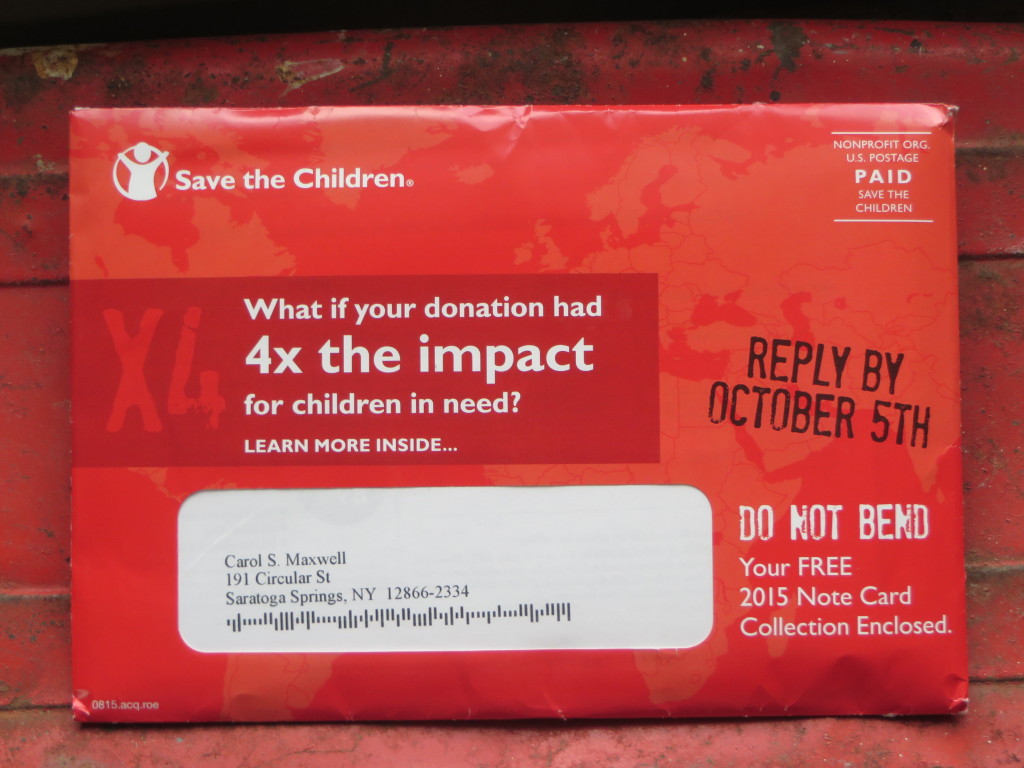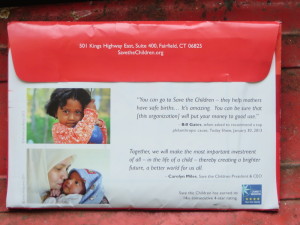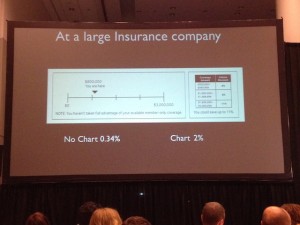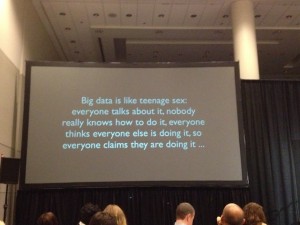The DMA Annual Conference happens next week, October 8-10, in New Orleans. If you haven’t registered, you can still get a ticket here. The format has been revised again, eliminating the Ignition sessions I’ve led the last three years, so I will be sitting this one out. Please have a beignet and a muffuletta on my behalf.
In case this is your first DMA, a couple of tips. The content has reverted to a focus on use histories presented by marketers and their agencies, which can vary from life-changing to self-serving and there’s often no way in advance to know which is which. My strategy is to choose backup sessions in each time slot and sit at the back of the room, so I can slip out unobtrusively if the session turns out not to meet my needs. I’ve found there is little correlation between the size of the room or the popularity of a session and its quality, so you shouldn’t necessarily jump into a room because it’s standing room only. Read up on the speakers and their companies and plan accordingly.
My second tip is to spend a good amount of time in the exhibit halls. Of course you want to see what the exhibitors are up to (and support their investment in the show), but this is also the place where I run into old colleagues, clients and friends who are randomly trolling the floor like I am. Speaking of networking, my third tip is to sit at tables during the meals where not only do you not know anybody but the participants don’t appear to know each other. That’s how to meet new prospects (because I’m a copywriter, almost everybody is a potential prospect for me) and learn new things.
And finally, take the time to enjoy New Orleans, one of the great food and entertainment cities of the world. The Convention Center is somewhat removed from the most interesting areas as are the big hotels, so you’ll need some initiative to make the most of the city. Go to the French Quarter early in the morning when the locals are waking up. Stroll, smell the flowers, get chicory coffee along with that beignet at Cafe du Monde. If you’re there on Sunday, take the streetcar out to the Garden District and have brunch at Commander’s Palace. Walk the French Quarter again at night, where you can enjoy much of the jazz (including Preservation Hall) simply by standing outside the open windows. I’m jealous!



